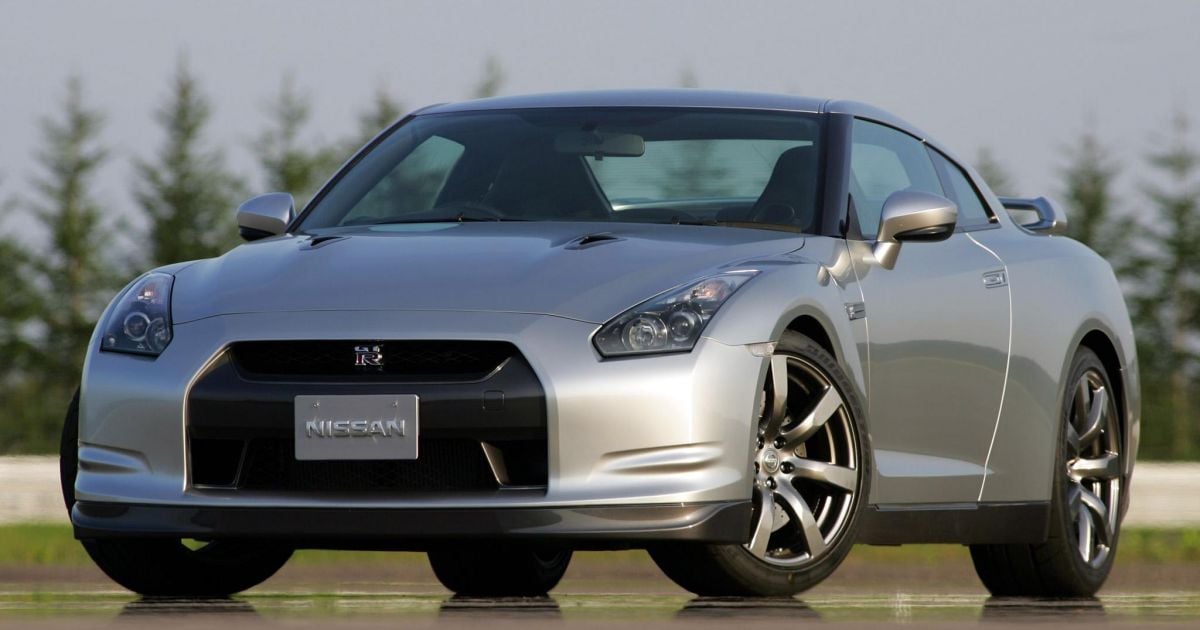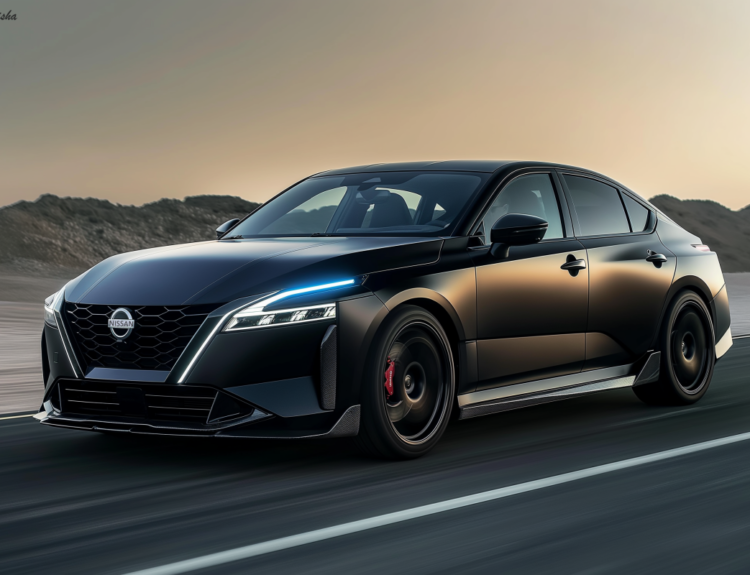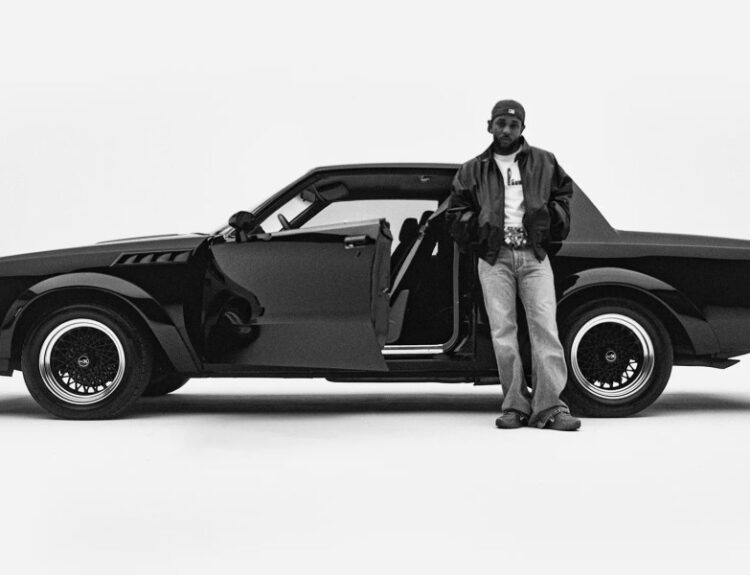As the curtain prepares to drop on the R35-generation Nissan GT-R, automotive enthusiasts and aficionados alike are bracing for the retirement of a formidable titan in the world of performance vehicles. Nearly 18 years after its debut, this aging supercar slayer is winding down its production run.
Unveiled in 2007, the Nissan GT-R quickly garnered acclaim for delivering supercar-level performance at a fraction of the price, further solidifying its legacy that had previously been associated with the iconic Skyline lineage.
Despite its age—now nearly eligible to cast a vote in Australia—stories surrounding its development continue to emerge, with the latest revelation proving to be particularly intriguing.
On the social media platform X, a user known as ‘Trucknakanohito,’ who specializes in insights about commercial vehicle manufacturers, revealed that a staggering 80 percent of the development team for the GT-R hailed from Isuzu’s truck division. They played significant roles in crafting the vehicle’s celebrated transmission and suspension systems, which were pivotal to its acclaim upon release.
However, this narrative took a new turn when Kazutoshi Mizuno, the chief engineer behind the R35, joined the discussion to clarify the backgrounds of these engineers. He noted, “They began their careers in the truck division and were almost novices to the supercar genre.” He continued to explain that through rigorous teamwork, commitment to excellence, and extensive training within a structured measurement system, these engineers rapidly evolved into world-class talents within just 18 months.
Regardless of their unconventional beginnings, the GT-R has earned its place as one of the longest-lived models in the automotive industry, with the GT-R Registry documenting the production of more than 44,000 units over its 17-year lifespan.
However, the entry of new side-impact regulations forced Nissan to discontinue the GT-R from Australian markets in November 2021, a decision that reflected compliance hurdles affecting not only the GT-R but several other models as well.
In March, Nissan Japan announced forthcoming updates to the R35 GT-R for 2025, cautioning that production would be limited and some orders may not be accepted. This was followed in June by the debut of two special farewell editions earmarked for the U.S. market.
While the exact timeline for the cessation of GT-R production remains unconfirmed, Nissan executives have indicated that the end is imminent for this flagship performance car.
The recently revealed Nissan Hyper Force concept at last year’s Tokyo Motor Show offers a tantalizing glimpse into the future of the GT-R, potentially reimagined as a 1000kW electric coupe. Reports suggest that the R36 generation will incorporate advanced solid-state battery technology.
In an interview with Top Gear in September, Nissan’s global product chief Pierre Loing acknowledged that regulatory pressures would inevitably lead to the conclusion of the R35 GT-R. However, he hinted that the next iteration could debut as soon as 2028, contingent on advancements in battery technology.
Loing also emphasized that clarity regarding whether the new GT-R will take the form of a fully electric vehicle or a hybrid is still elusive. “We need to allow for a transition between the R35 and R36, as we navigate the complexities of electrification and what it means for the GT-R identity,” he stated. “We are still exploring those questions.”
The future of the Nissan GT-R remains uncertain, but as it stands, its legacy is cemented in the annals of automotive history—forever revered as the Monster of the East, known affectionately as “Godzilla.”
Source:www.carexpert.com.au





